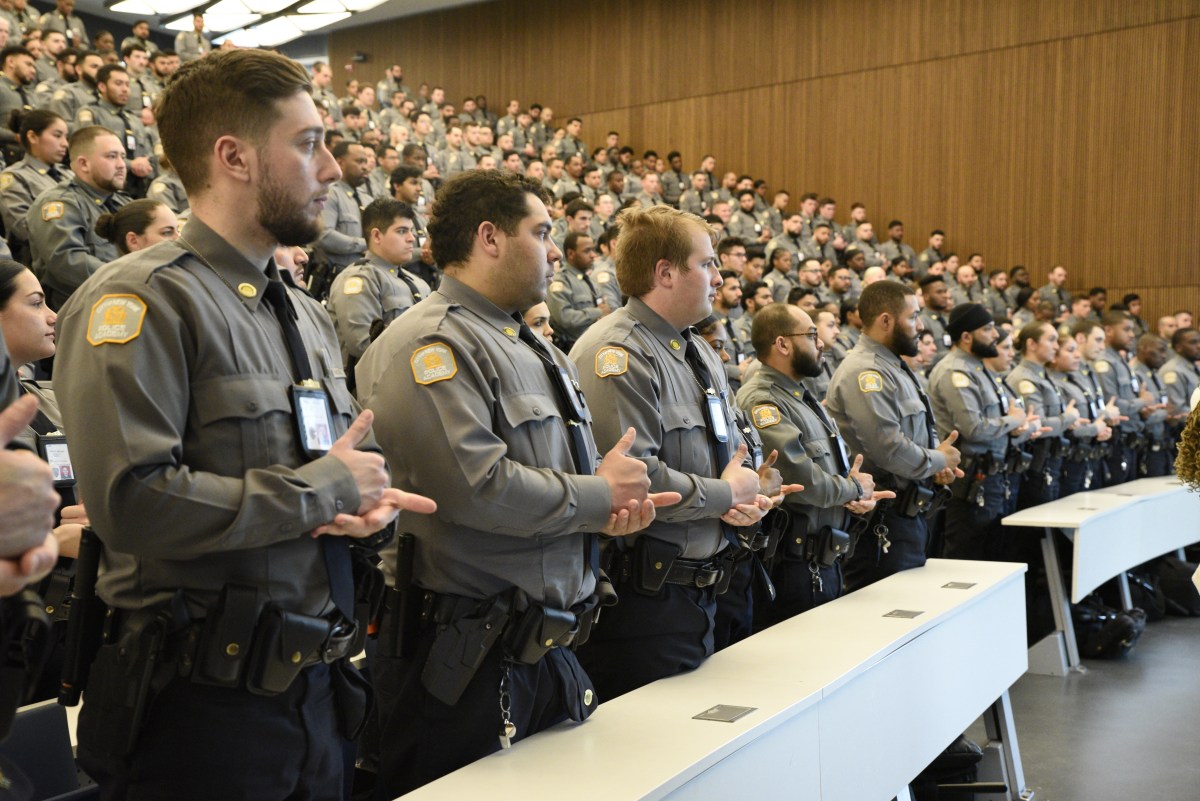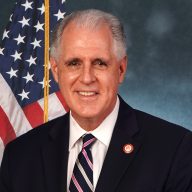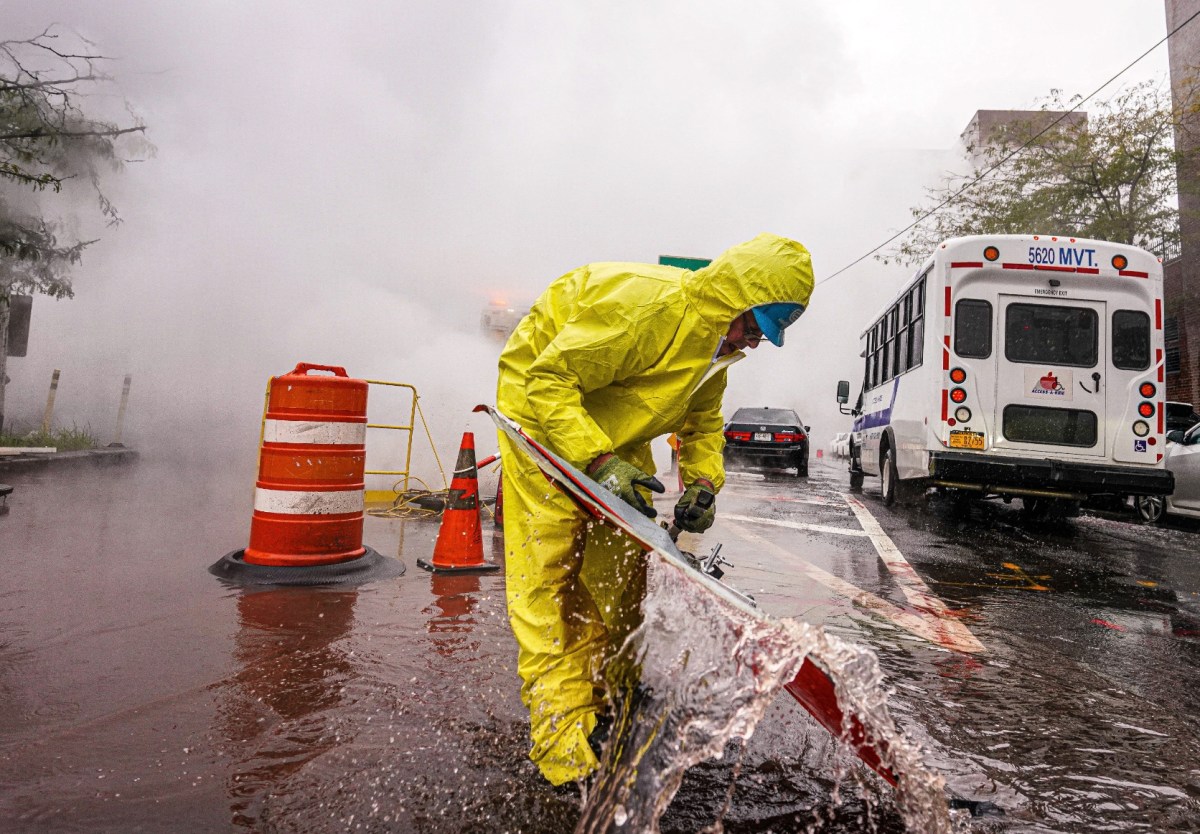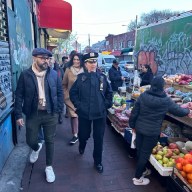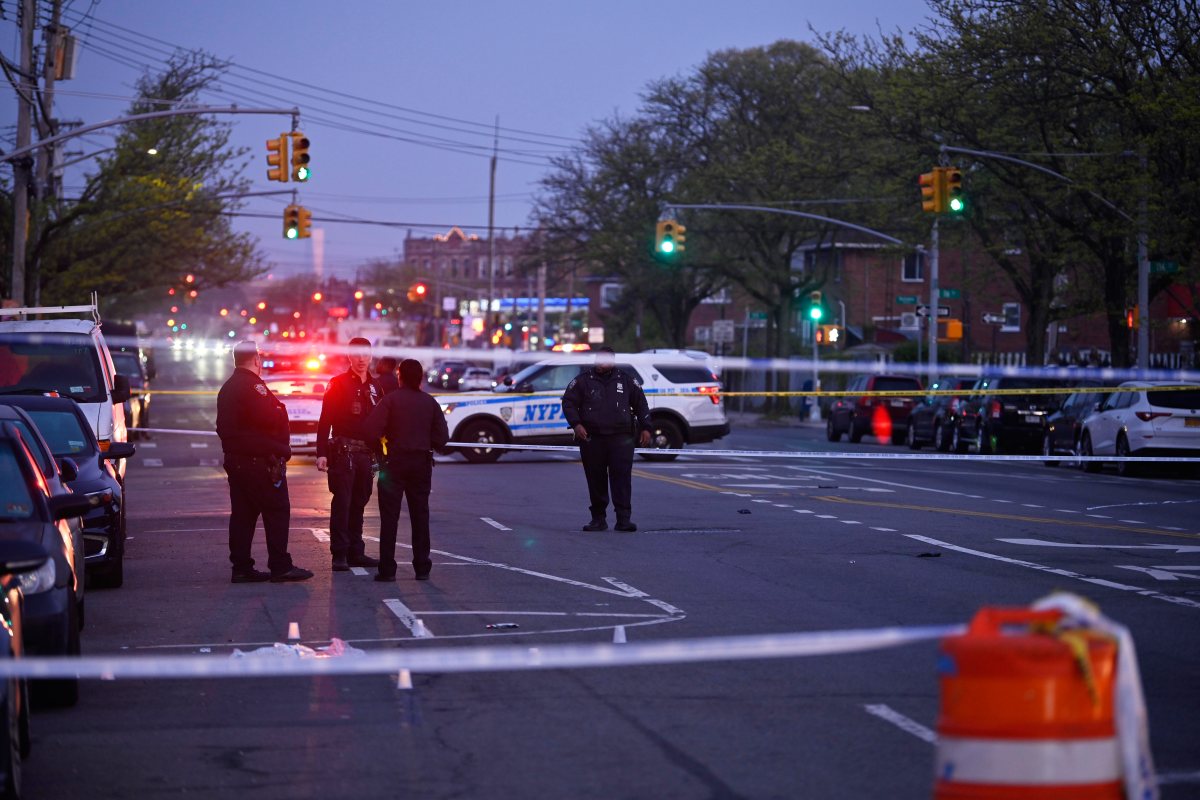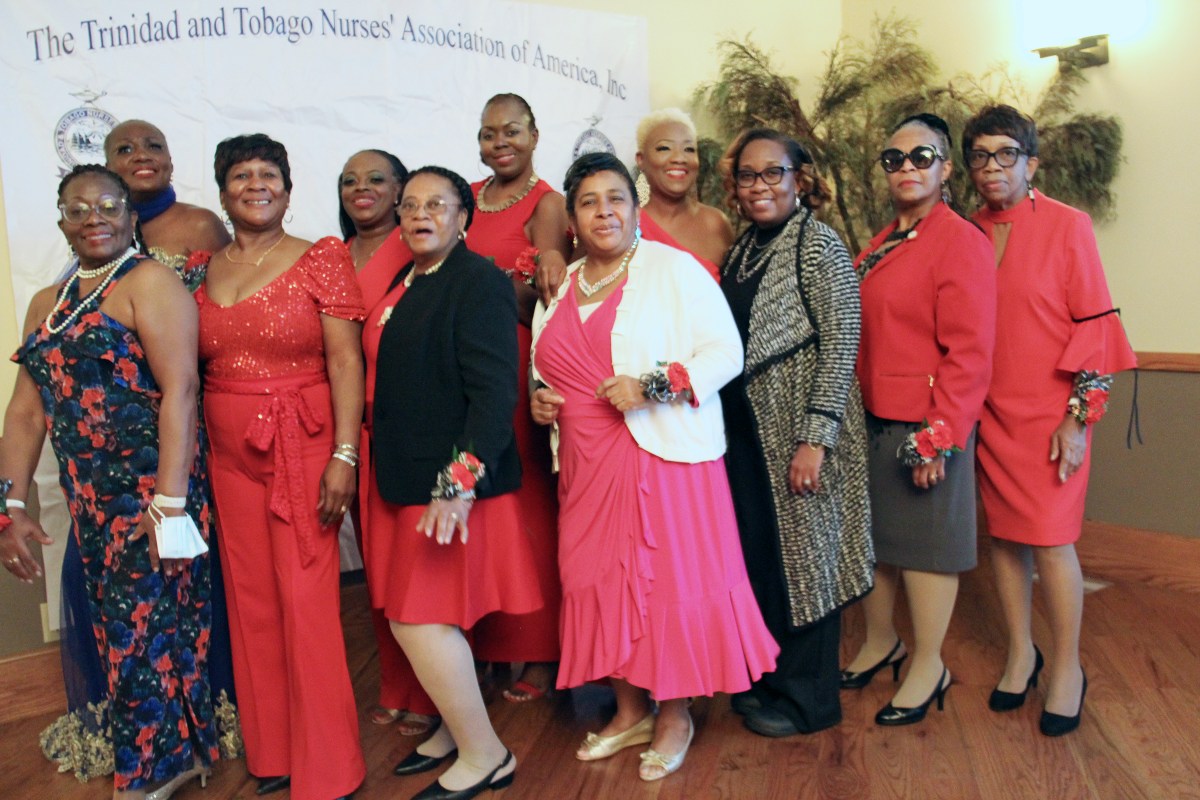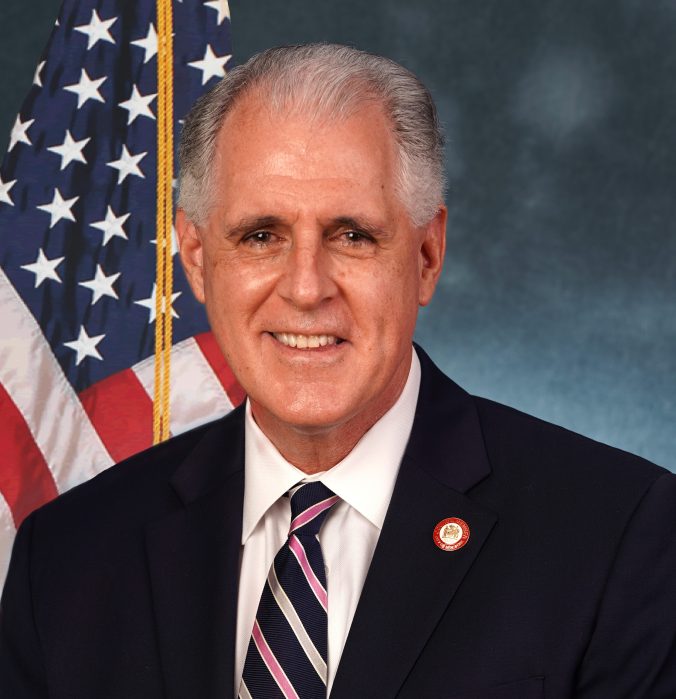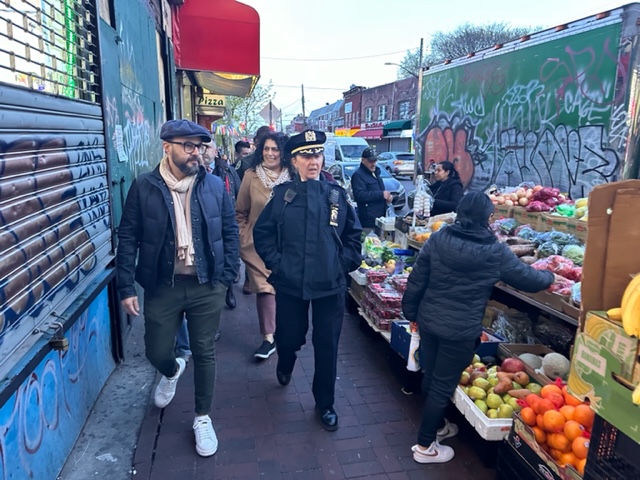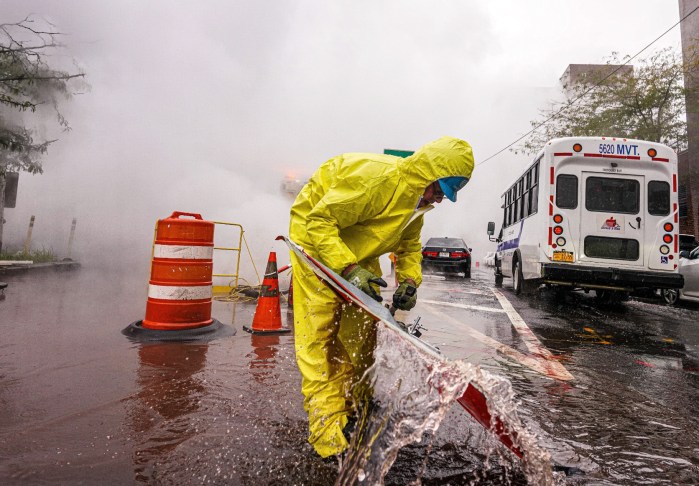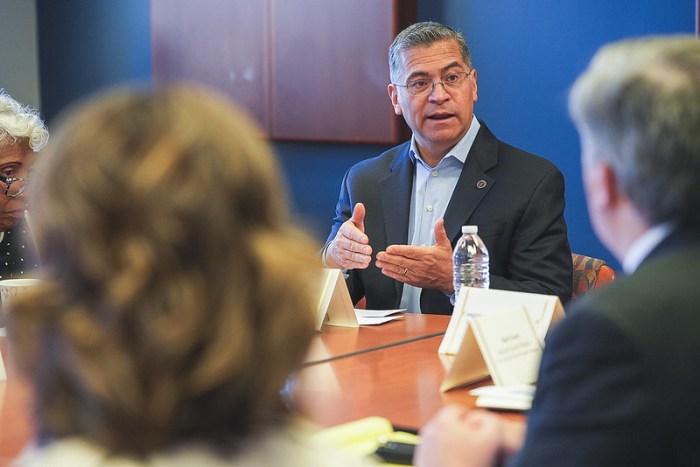The city’s police officers are now being taught American Sign Language (ASL) as part of an equity and inclusion initiative to better communicate with the deaf and hard-of-hearing community.
Over 600 NYPD recruits who are set to graduate this May participated in basic ASL training at the Police Academy in College Point on Friday, Apr. 12. The initiative’s rollout, which came days ahead of American Sign Language Day on Apr. 15, is part of a broader ASL program spreading throughout the department.
While the ultimate goal is for all city officers to have some knowledge of sign language, 15 officers are in the process of receiving a national certification as ASL interpreters. They were selected based on their existing knowledge of ASL or their desire to learn how to sign simultaneously at an advanced level.
In recent weeks, all training sergeants have completed their own ASL training to bring the knowledge back to their respective precincts so that current officers are also equipped to communicate with the deaf and hard-of-hearing community.
According to the Mayor’s Office for People with Disabilities, over 175,000 deaf or hard-of-hearing individuals resided in NYC as of September 2023. As the officers leading the training session pointed out, ASL is not representative of English, so written communication may not be helpful in situations where someone is deaf.
The recruits learned how to sign four words that the department determined would be most useful in the field: interpreter, cop, ambulance and help. They collectively practiced identifying themselves as police officers and asking someone whether they needed an ambulance or help with a combination of hand movements and facial expressions.
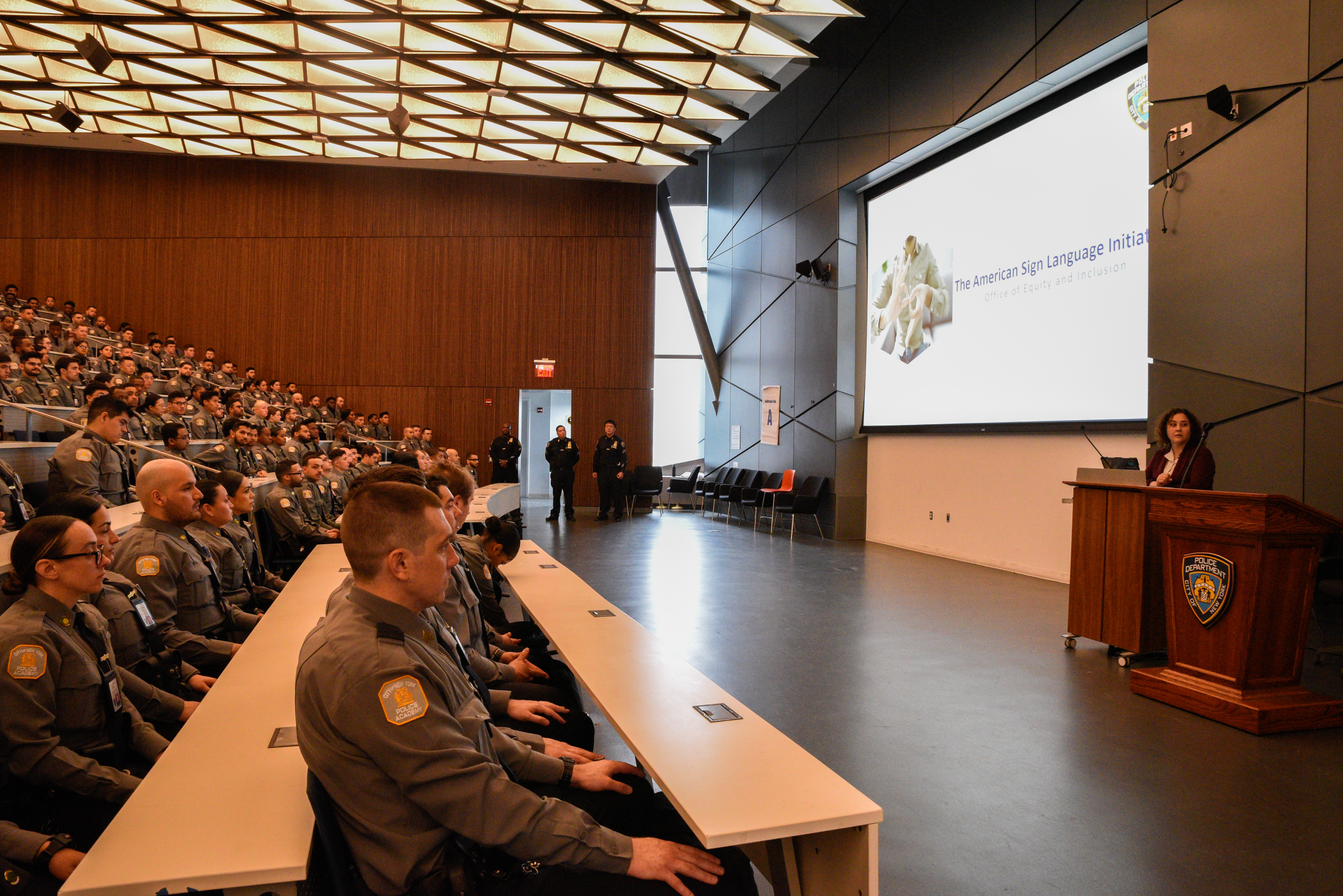
“The core job of what we do requires communication,” said Deputy Commissioner of Equity and Inclusion, Wendy Garcia, who spearheaded the initiative. “And that response time is critical. So we want to make sure that we have the resources the same way we have the resources to do CPR.”
Currently, police officers also have access to the language line, an application installed on their work phones that connects them to live translators for virtually any language. When they select the ASL option, they are connected to a video call with a silent interpreter to communicate with anyone who is hard of hearing.
When the 300 recruits were asked how many of them spoke a second language during the training session, almost every hand went up. But when they were asked who knew ASL, just a handful of the recruits raised their hand. Those who did share the challenges their loved ones face when communicating in public.
After practicing the four basic signals, the recruits conducted scenarios with volunteers. In one, they simulated a car stop where the driver was deaf. In another, a hard-of-hearing person approaches the help desk at a precinct.
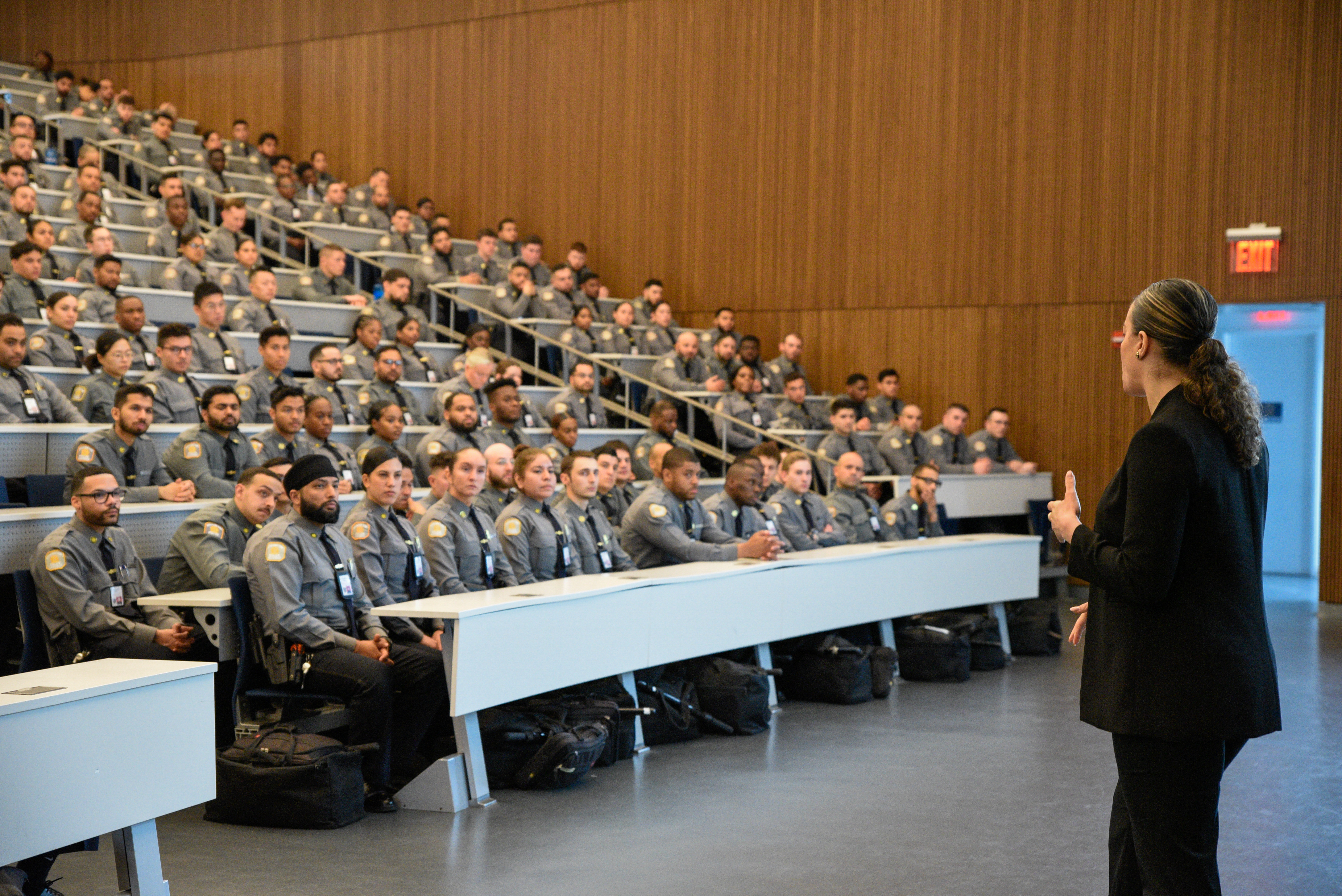
“No one wants to be in that position where something horrible happens, and you’re trying to figure out how to help when you can’t. It’s frustrating for the deaf or hard of hearing person and frustrating for the person who’s trying to help,” noted Garcia. “But we have to equip everybody with those resources so they can be better cops.”
Unlike other initiatives that can take years to get off the ground, Garcia says that ASL instruction received no pushback from the executive level, allowing it to be implemented quickly. She added that support from City Hall and the Mayor’s office allowed for a quick turnaround.
Garcia emphasized to the recruits that communication is the cornerstone of a police officer’s role, adding that it applies to underserved communities.
“When you can protect and serve, and be empathetic, and have the cultural awareness, that’s the equity piece,” Commissioner Garcia said.

